This research project is completed under Prof. Hon Fai CHAN. Three-dimensional (3D) cultures, such as spheroid and organoid cultures, have gained increasing interest as 3D culture models. However, the understanding and control of extracellular matrix (ECM) effect in spheroid and organoid culture has been limited. Here, we report a biofabrication approach to efficiently form uniform-sized 3D hepatocyte spheroids and encapsulate them in a hybrid hydrogel composed of alginate and various ECM molecules (https://doi.org/10.1088/1758-5090/ac2b89). Cells were seeded in a microwell platform to form spheroid before being encapsulated directly in a hybrid hydrogel containing various ECM molecules, including collagen type I (COL1), collagen type IV (COL4), fibronectin (FN), and laminin (LM). A systematic analysis of the effect of ECM molecules on the primary mouse hepatocyte phenotype was then performed. Our results showed that hydrogel encapsulation of hepatocyte spheroid promoted hepatic marker expression and secretory functions. In addition, different ECM molecules elicited distinct effects on hepatic functions in 3D encapsulated hepatocyte spheroids, but not in 2D hepatocyte and 3D non-encapsulated spheroids. When encapsulated in hybrid hydrogel containing LM alone or COL1 alone, hepatocyte spheroids exhibited improved hepatic functions overall. Finally, a combinatorial screening was performed to demonstrate the potential to screen a multitude of 3D microenvironments of varying ECM combinations that exhibited synergistic influence. These findings illustrate the broad application potential of this biofabrication approach in identifying optimal ECM composition(s) for engineering 3D tissue models, and elucidating defined ECM cues for tissue engineering and regenerative medicine.
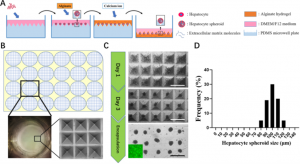


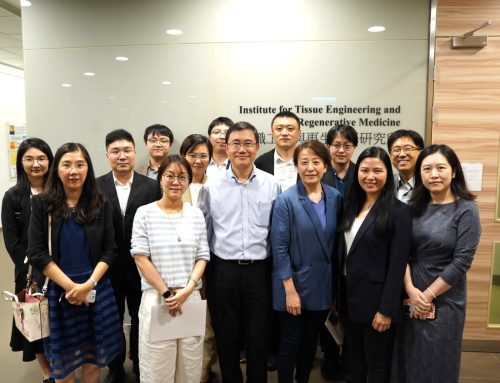
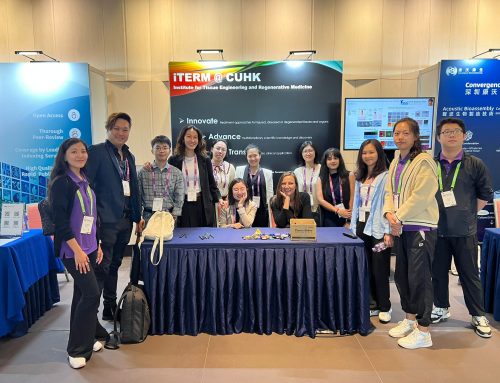
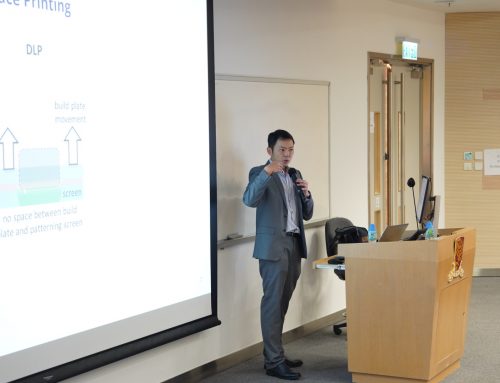
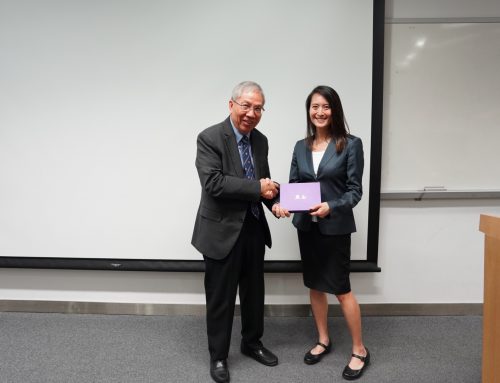
Leave A Comment